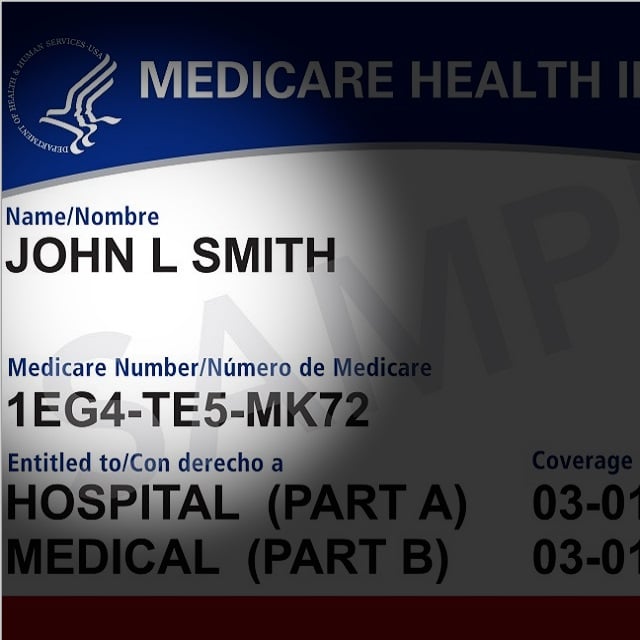7 Cities Where Nursing Homes Let Patients Get Bedsores
What are bedsores, and why do they matter?
Bedsores, which are also known as pressure ulcers, are areas of damage to the skin, and the underlying tissue, that are the result of some combination of pressure and friction. In nursing homes, people may get bedsores partly because of factors such as skin conditions resulting from age-related problems with eating and digesting food. But, in some cases, people get bedsores because they have a hard time moving themselves, and workers fail to turn those people often enough to prevent bedsores from forming. The federal Agency for Healthcare Research and Quality has reported that bedsores affect 2.5 million U.S. patients of all kinds per year. Bedsores lead to about 60,000 U.S. deaths pr year, and about 17,000 U.S. lawsuits per year. Analysts at an arm of CNA Financial reported, in a review of claims paid by CNA's skilled nursing facility liability insurance program, that pressure ulcers were one of the top causes of nursing home liability claims in 2016. The average amount paid for claims involving pressure ulcers affecting nursing home patients was about $232,000.
Ranking Details
We created a city-by-city ranking of nursing home resident bedsore rates by using pressure ulcer prevalence data from the Centers for Medicare and Medicaid Services (CMS) Nursing Home Compare program. The CMS Minimum Data Set (MDS) spreadsheets containing that data are available here. The spreadsheets are free and in the public domain. Financial professionals who are comfortable with filtering and sorting big Excel spreadsheets can use the spreadsheets to create their own rankings and community LTC profiles. We based our bedsore rate rankings on the four-quarter average bedsore rate for high-risk patients, for communities with at least five nursing homes in the MDS spreadsheets. The MDS pressure ulcer rate refers to long-stay patients with pressure ulcers that involve broken skin, not just inflammation. CMS uses the term "city" to refer to what a nursing home puts in the city field on its provider information form. In many cases, for legal purposes, the "city" may officially be a town, village or some other type of place, rather than a city. — Read Liability Costs Driving Up Long-Term Care Bills, on ThinkAdvisor. — Connect with ThinkAdvisor Life/Health on LinkedIn and Twitter.
© 2025 ALM Global, LLC, All Rights Reserved. Request academic re-use from www.copyright.com. All other uses, submit a request to [email protected]. For more information visit Asset & Logo Licensing.
Featured Resources
View All
Sponsored by Illinois Mutual Life Insurance Company
4 Reasons To Sell Simplified Issue Disability Income Insurance (SIDI)

Sponsored by Illinois Mutual Life Insurance Company
Simplified Issue Disability Income Insurance (SIDI): A Smarter Way to Sell and Protect







